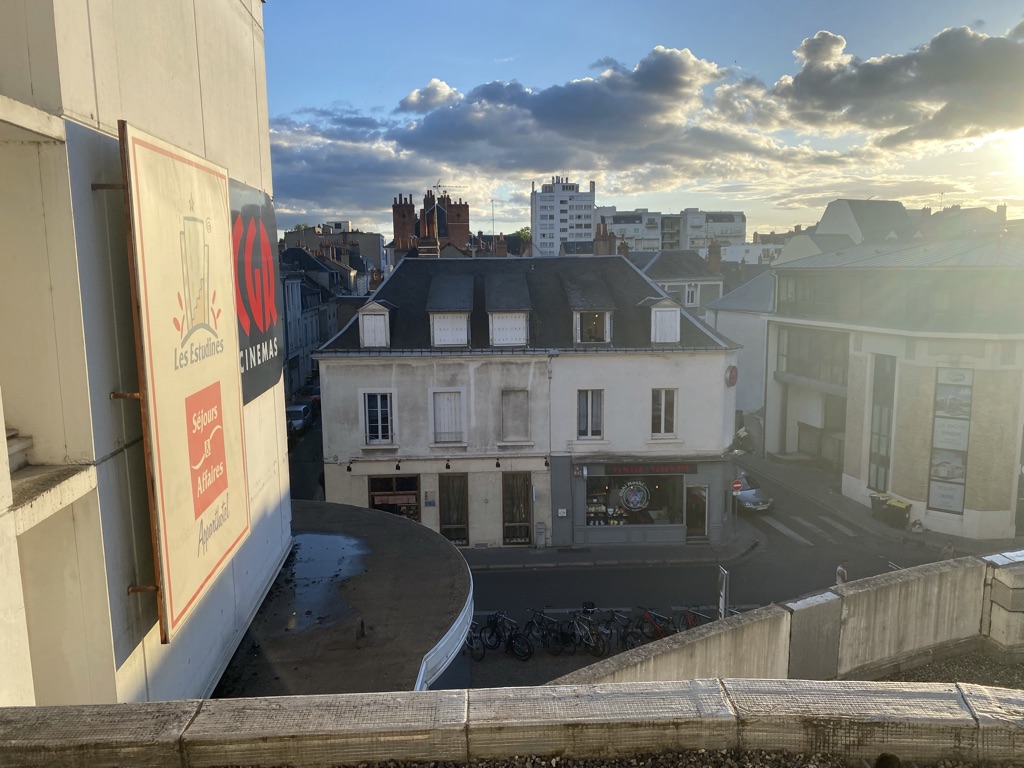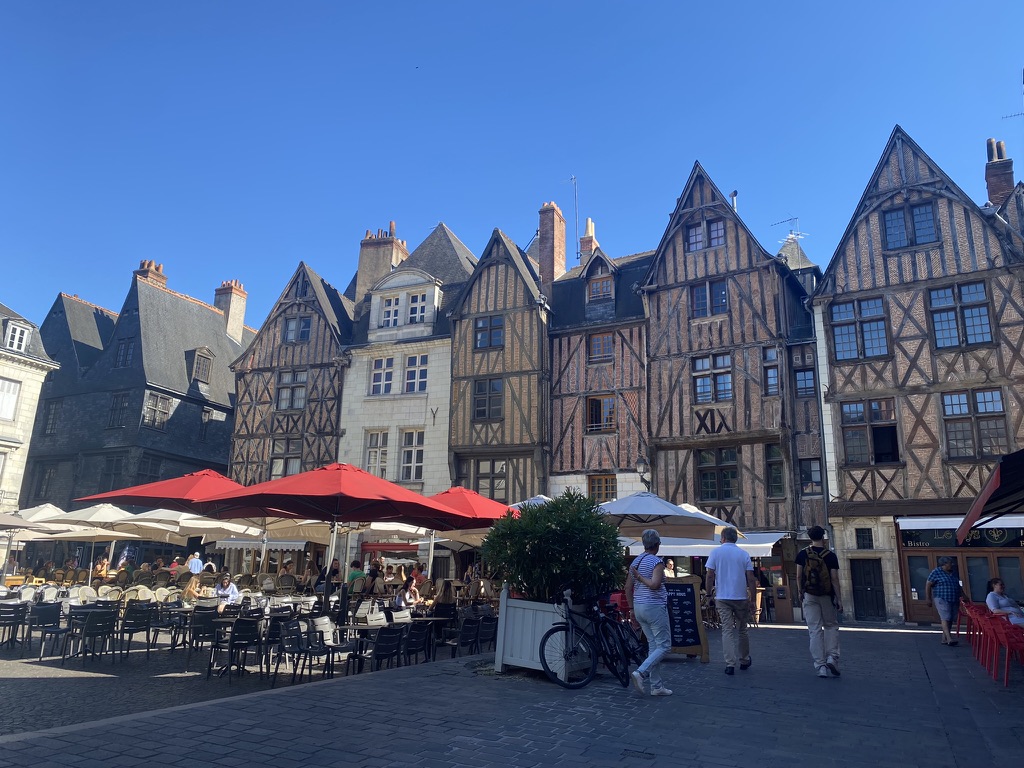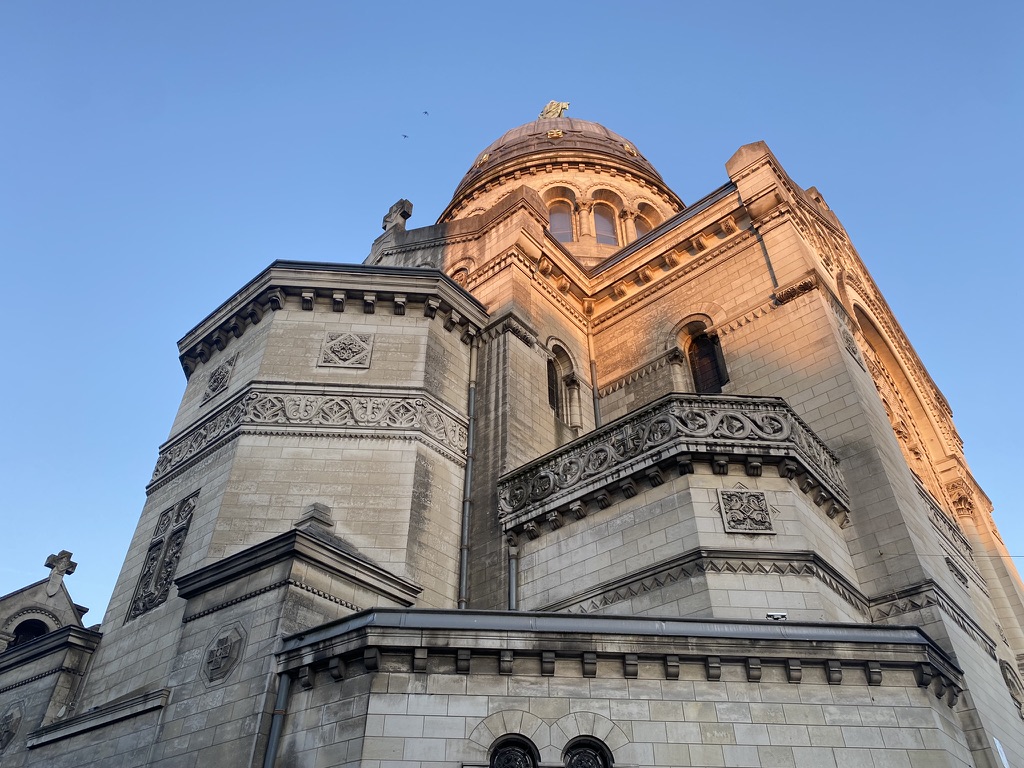(June 18, 2022)
My four-week immersion program at the Institute de Touraine has come to an end this week. I mentioned some intra-France travel I was able to do in my first two weeks in a previous post.
The Institute de Touraine has bi-weekly excursions so I was able to also visit the town La Rochelle, and some famous Châteaus in the Val de Loire: Château d’Azay, Château Villandry and Château Chenonceau. Here are a couple images:
I struggled to fully understand the content of some of the first history-filled tours. Throughout my time here, I have progressed in my listening comprehension. One tip for anyone interested in partaking in this program is to do your research before you step foot in these Châteaus! Towards the end of my time at the Institut de Touraine, I would read up (in French) on the background of the Château-of-the-week so that I was a little more prepared before our tour commenced.
For anyone interested in applying for the SLA Grant, I would encourage you to do so. However, from my perspective, I think it is important to also save up some personal funds so that you can discover the local culture, food, history and politics, as this enriches the experience greatly!
.
Reflecting on my overall SLA experience… I am filled with gratitude! With the support of the CSLC, coupled with additional support from the Keough School for Global Affairs and the Kroc Institute, I can confidently say that my French language skills have improved significantly. In addition to moving on to higher-level language courses, I am most proud of being able to communicate more clearly and effectively in another language. There was a point during my last week in Tours when I did not feel it was necessary to have my phone out on the Google Translate app. I think the ability to go out into the world (not relying on technology) and accomplish what you need to do that day in a non-native language is one of the best feelings of achievement.
– Emma Jackson, Master Student in Global Affairs and International Peace Studies


